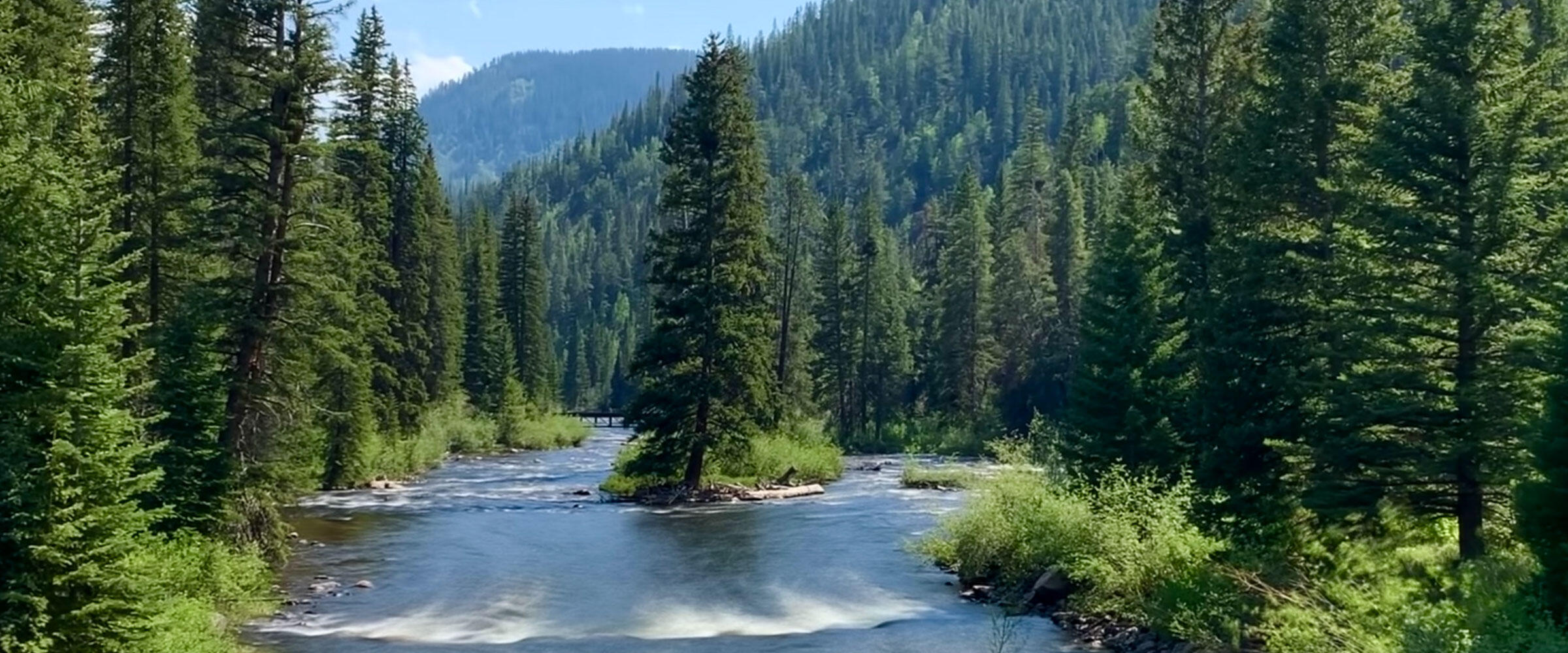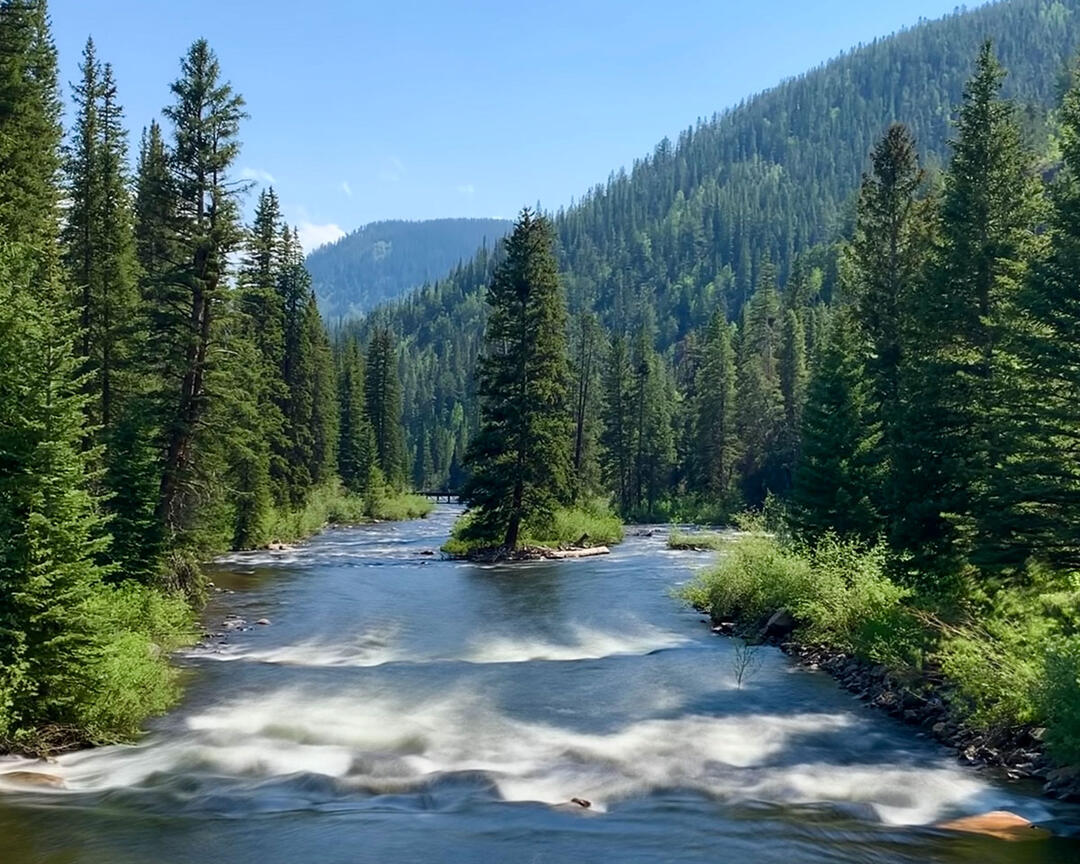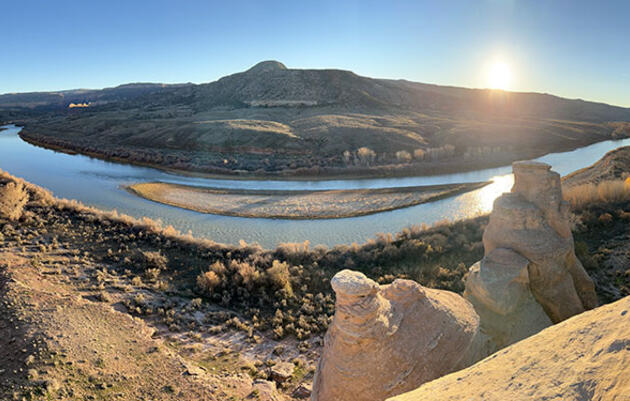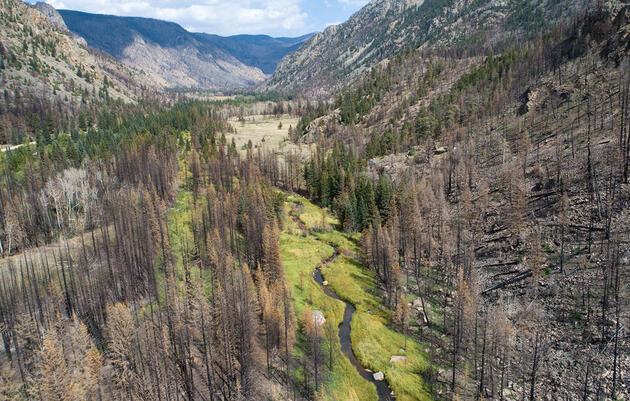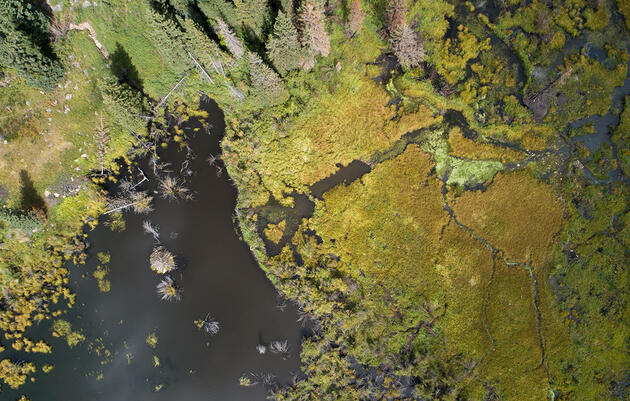Audubon and the Colorado Department of Natural Resources (DNR) have partnered to host a webinar series on important stream restoration legislation. The DNR-led stream restoration legislation is expected to be introduced in mid-February and will provide clarity on where stream restoration projects can occur without being subject to enforcement actions.
Part one of the series showed substantial interest with more than 160 live participants, including legislators, staff/aids, and interested stakeholders. The roster of expert panelists included Senator Dylan Roberts and Representative Karen McCormick—bill sponsors for the stream restoration legislation—Assistant Director of Water Policy for Colorado’s Department of Natural Resources Kelly Romero-Heaney, Colorado State University Professor and renowned Fluvial Geomorphologist Dr. Ellen Wohl, Land and Water Conservation Lawyer Jackie Corday, and was facilitated by Audubon Rockies Western Rivers Regional Program Manager Abby Burk. Here’s a recap of the discussion and what you need to know to support Colorado’s streams and riverscapes. A recording of the webinar is included at the end.
Healthy streams and riverscapes are beneficial to us all—they provide a suite of multifaceted benefits that all Coloradans depend upon. Unfortunately, the majority of our streams have been degraded by more than two centuries of hydrologic modification, agricultural land use practices, roads and development, channelization, mining, and climate-driven disasters. The good news is that case studies of Colorado and other Western states’ stream restoration projects have proven successful to improve human and environmental health and reduce vulnerability to fire, flood, and drought. However, existing Colorado water governance creates substantial uncertainty and even barriers to restoring the valuable natural processes of streams.
Under the direction of Governor Polis, the DNR and associated experts drafted a legislative solution to this challenge. As with many water law issues, there is a need to provide clarity, which is what the legislation will do by setting forth where stream restoration can take place (in the historic footprint of the stream riparian corridor), without being subject to water administration.
Senator Dylan Roberts (6:16) reports, “This bill is a key part in protecting our watersheds, streams, and rivers, and capitalizing on the incredibly unique and once-in-a-lifetime opportunity to receive funding from the federal government so that we can have healthy streams and rivers for decades into the future.” He further stated that “by having legal clarity for stream restoration, we can reduce barriers for these important projects to get off the ground and still protect water rights, and draw down some of the federal funding.”
Dr. Ellen Wohl (22:05) led the audience through the changes and challenges our river systems face and the importance of this timely opportunity to steward our rivers back into health. Jackie Corday (32:14) provided a detailed overview of the many benefits that healthy riverscapes offer through a series of successful restoration case studies, including reduced flood risks, improved water quality and resilience to drought and fires, reduction in sedimentation of reservoirs and headgates, and restoration aquatic and terrestrial habitat. All such projects could be in jeopardy in the future without a legislative fix.
Kelly Romero-Heaney (10:55) spoke to the importance of this unique opportunity for the Colorado General Assembly to “set a vision for the state, and the landscapes that have served us well for generations.” She reminded the audience that “Colorado provides the headwaters for 19 states and Mexico” and that “we have shared responsibility to store water through our landscapes in a way that restores and maintains its environmental benefits.” Both Kelly and Senator Roberts informed the audience that the Colorado General Assembly has invested $45 million in watershed restoration over the last few years. Water providers, conservation organizations, and local governments have also invested millions of dollars in restoring our streams.
Representative Karen McCormick (43:55) recounted the similar policy solutions in neighboring Western states, setting the path for Colorado to take lead. “We want to make sure we’re removing these barriers to stream restoration while protecting the rights of water users. This is an everybody conversation. We need to craft the best solution that brings all voices to the table.”
Healthy riverscapes contribute to healthy forest systems, provide habitat for birds and wildlife, improve water supplies and forage for agriculture, and offer clean and reliable drinking water. Please join us in supporting our streams to ensure they can be restored to their natural function so that we can all thrive. Mark your calendars for a second installment of the series on March 8th. Registration and further details will be released in the coming weeks.
For specific draft stream restoration bill inquiries, please contact Kelly Romero-Heaney or Daphne Gervais. Any further questions about the need and benefits of stream restoration can be sent to Abby Burk or Jackie Corday.

